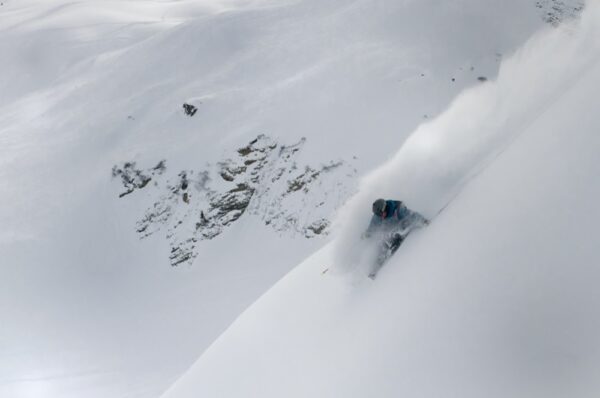
Archaeologists recently made a discovery that shows that those living a thousand years ago weren’t much different from us today. Digging in the center Prerov in the Czech Republic, researchers uncovered an ice skate.
“Experts from the Comenius Museum in Přerov were in the midst of a rescue dig in the basement of a house located on the city’s Upper Square when they came across the bone skate while sifting through soil,” according to Newsweek.
They didn’t say if they found any hockey sticks or a puck.
The smooth piece of bone immediately stood out to Zdeněk Schenk, an archaeologist from the museum. As he tells Smithsonian magazine, it’s tapered into a “nose” on one side, and each end features a small hole. 3Leather straps would have been threaded through this hole to attach the skate to a shoe or sled.
Schenk thinks the artifact dates to either the late 10th or early 11th century—an estimate based on pottery fragments buried nearby.
During this time, the area was home to a “very important fortress,” as the archaeologist tells Ruth Fraňková of Radio Prague International. This fortress “served as a stronghold for Polish King Boleslav the Brave, who occupied Moravia at the time and had his soldiers stationed there.”
Schenk tells Smithsonian that bone ice skates were typically made from an animal’s metapodials (the long bones that connect digits to a leg or arm), but they were also sometimes carved from “radii [forearm bones] of cattle and horses.”
In the case of the object he found, the archaeologist thinks it was made from the shin bone of a horse.
“‘The object has a specific shape. On one side, it is curved into a tip which has a hole drilled in it and there is another hole at the back. They were used to thread a strap through, which was used to attach the skate to a shoe or to a wooden sledge,’ Schenk told Newsweek.
The bone skate is not the first such object to be found in Přerov. In 2009, a similar artifact was uncovered in the city, for example. In addition, ice skates made of cattle or horse bones have been found in other parts of Europe.
‘The bone skate from Přerov is nearly identical to skates recovered in northern Europe, for example from Birka in Sweden—a very famous archaeological site from the Viking Age—and also from York in England or Dublin in Ireland,'” Schenk claimed.









